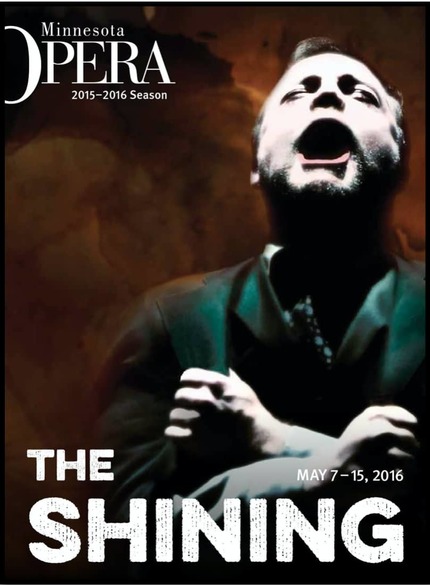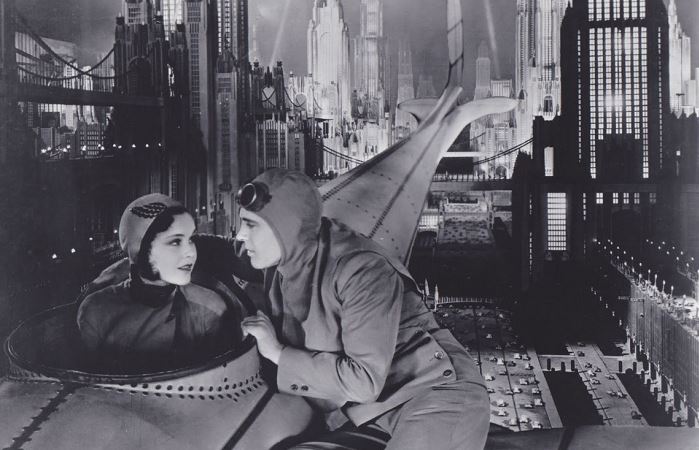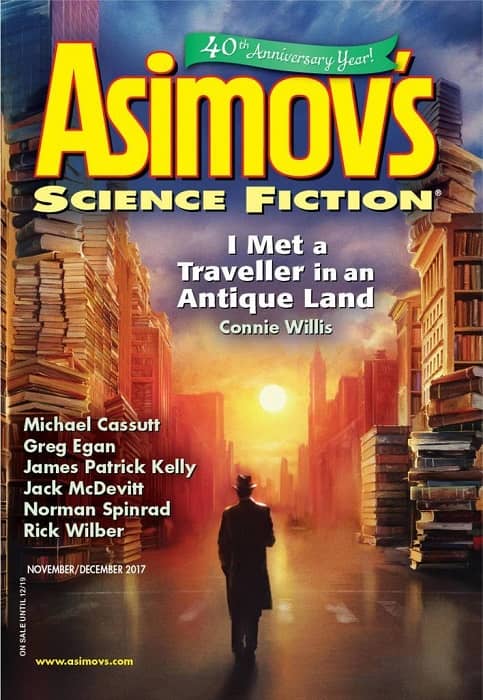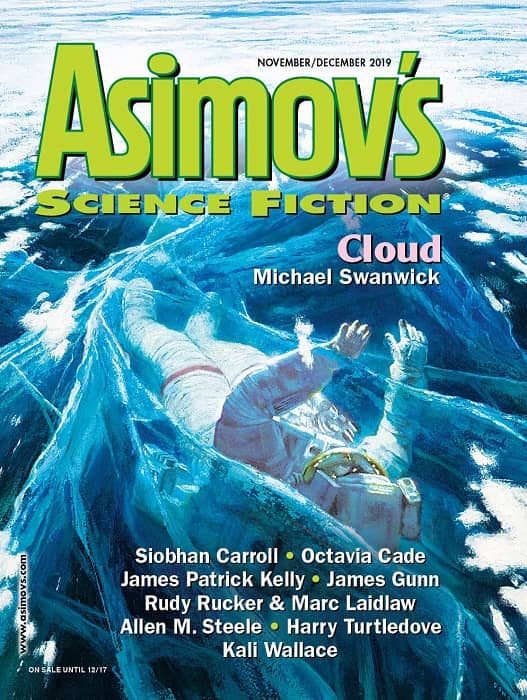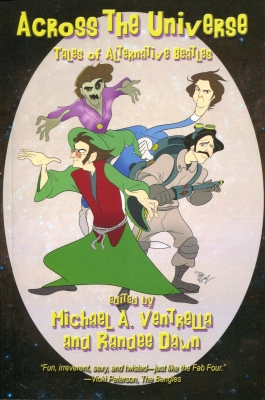Vanguard Dream! A Sampling of Bushiroad Media, Part III
In Part I and Part II, we looked into the real-life/anime bands Roselia and RAISE A SUILEN, as well as the franchises with which they are most specifically associated — Cardfight!! Vanguard and BanG Dream! Here we round up a number of other media selections, newer and older and variously related, within the Bushiroad universe.
There are many more things coming from Bushiroad than we’ve examined here, or even mentioned in passing, really — so, definitely lots going on! Even in regards to the two main franchises we’ve focused on, there is plenty more to uncover — including a treasure trove of older theme songs for Cardfight!! Vanguard, for instance… and also the other groups from BanG Dream!, beyond the three actual concert-performing bands.
Well, I’m going to toss at least one of those into the fray here, before we’re done. But first, no look at the ‘Bandori’ universe can claim to be even halfway complete without taking a closer look at the number one main band of the entire series — which of course, is the inimitable Poppin’ Party!

